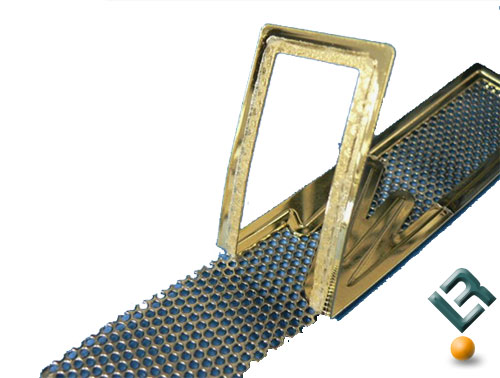1) Do the results confirm what you already thought? Pretty much. I always thought that heat spreaders were good for something (more than just looks) but I also always heard the rumor that you could overclock more with the heat spreaders removed. I think this was touched on a little in the article by the comment that if the entire heat spreader does not make proper contact with all the ICs, then it can hinder performance. This must be how that rumor started.
2) Should memory companies test other memory companies products and send out results? I don't see any reason why not as long as they are honest about it like Corsair was and make sure it is clear in the article or publishing that it was in-house testing.
3) Do Heat Spreaders influence what you buy? A little. Having a case with a window, I'm a little picky about what goes in my case and I think modules look better with heat spreaders than without.
As far as the Inquirer article goes, while I don't agree with the conclusions they draw on a lot of topics, I don't really disagree with the title of their article on this one. I give Corsair kudos for letting everyone know that these new heatspreader designs that are coming out are no better than the previous generation of heatspreaders. But by singling out OCZ, Corsair is slightly attacking
OCZ's claim to improved overclockability.
“The implementation of the innovative XTC heatspreaders on our Gold memory modules offered serious gamers superior cooling for their hard working memory,” stated Alex Mei, VP of Marketing, OCZ Technology. “By employing XTC heatspreaders on our new Platinum modules we are able to deliver a superior product for enthusiasts looking for the ultimate overclocking solution.”
I looked and looked, but could not find anywhere that Mushkin claimed anything more than improved airflow with their new heatspreader design.




